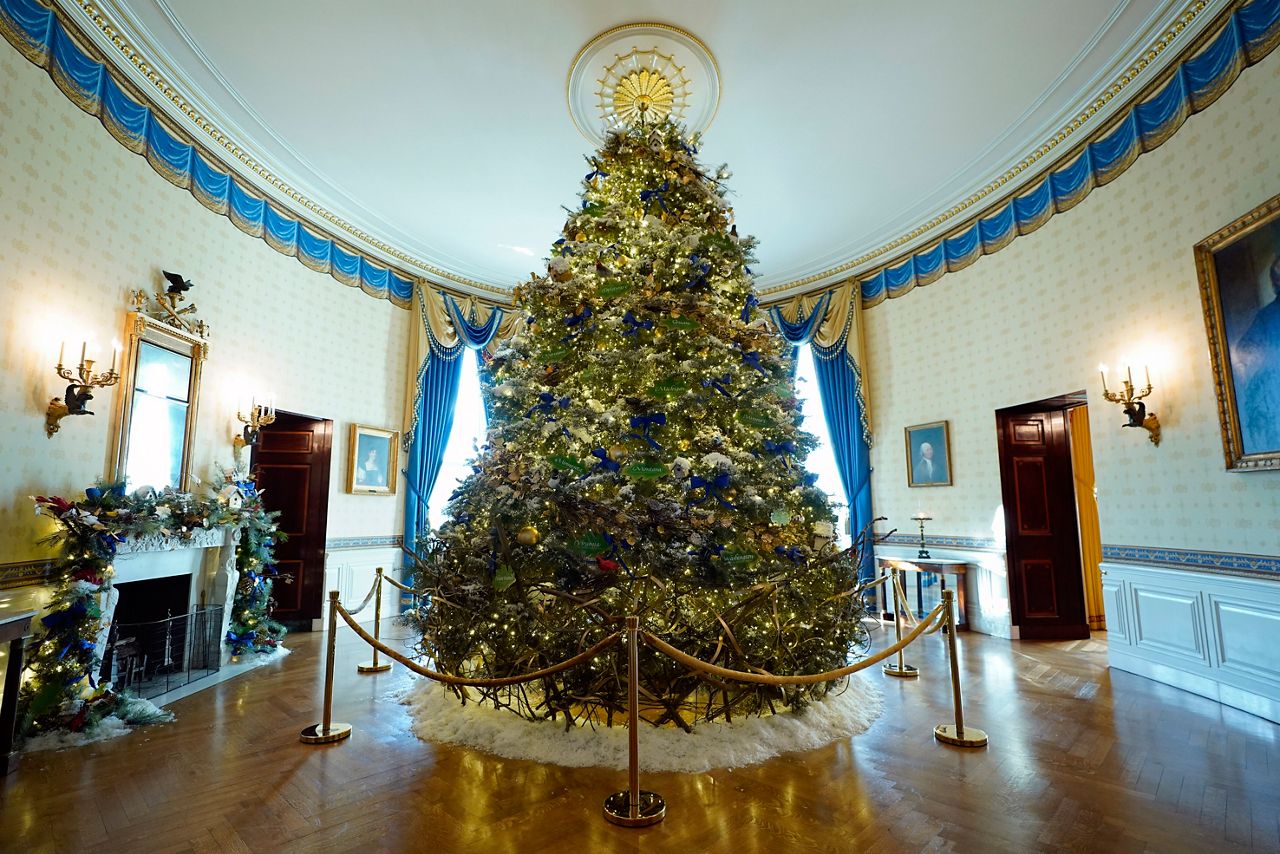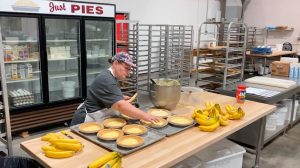“As we find a story, a narrative that kind of makes sense as a cohesive story, right?” Ugalde said. “We are conscientious of how we tell these stories. So we don’t just want to [put] things up there. They do have to be entertaining. We’re serving the public.”
This concept is the basis of the Oak Native American Ethnographic Collection, an assortment of Native American tools, blankets and cultural materials.
“We are primarily interested in educating the public, both the local Akron community and the larger northeast Ohio community, about indigenous people,” Ugalde said. “We use these objects to do that.”
The curator added that the objects that are in the collection are all authentic and have special meaning to the university.
“So this collection came to the University of Akron from a donor who privately collected this collection,” she said. “He personally loves these objects, and he wanted to really broaden the audience [and] the amount of people that were able to see it. He had these in his home, his personal spaces.”
Ugalde also mentioned that the university takes the stewardship role seriously. As much as they want to educate individuals on the indigenous experience, Ugalde said they also to hope to connect the community with current Native American creatives.
“We don’t have the presence of indigenous people like there are in other states,” she said. “So it has become pretty apparent that there is a lot of miseducation about whether indigenous people are still alive. So to us it’s most important to educate the public, to ensure that they understand that there are lots of them around the country and even in Ohio and northeast Ohio.”
It’s part of the reason she said the university continues to house the exhibit.
“Indigenous people are here,” she said. “They’ve been here first, since before the rest of us arrived, and they don’t get the representation they deserve. Us having these objects, we are responsible to help them tell their own stories by telling the world that they’re here, [explaining] about their past, but also about their present.”
The items in this collection can be viewed most weekdays and Saturday, inside of the Cummings Center for the History of Psychology.




